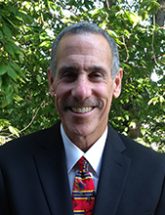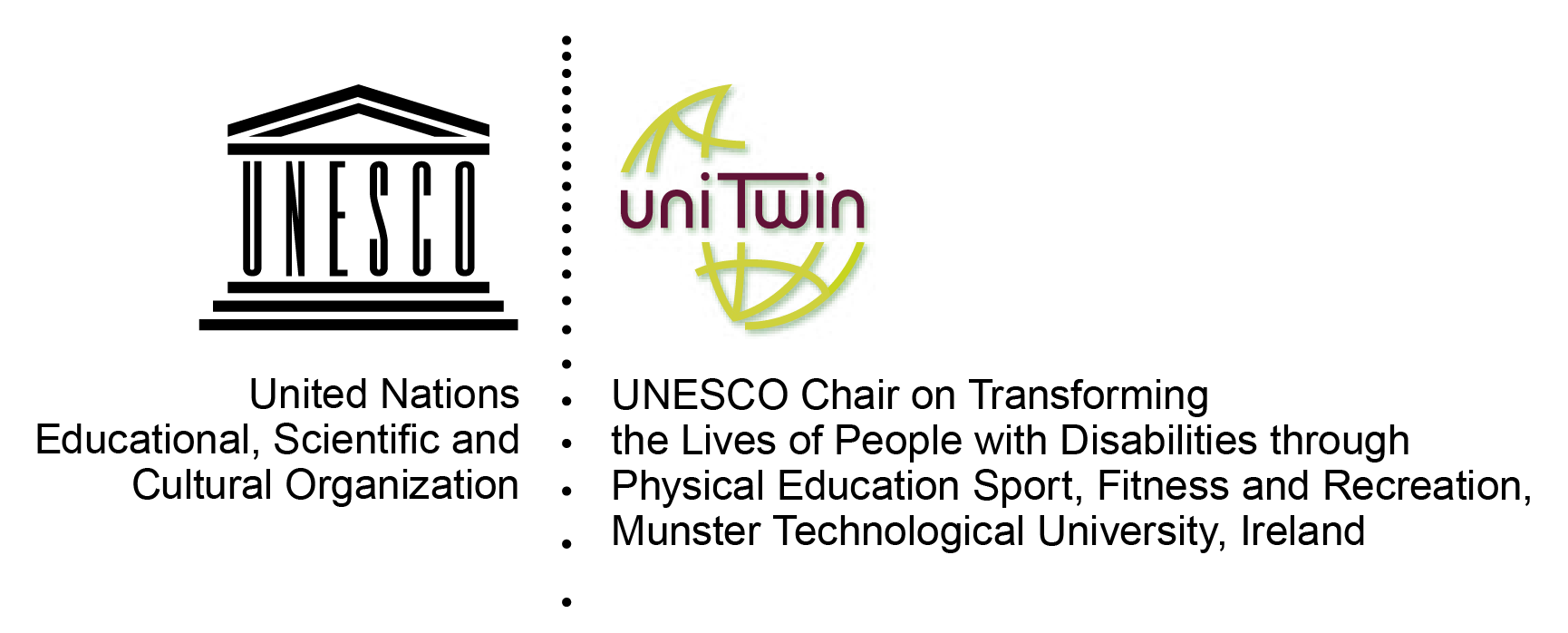Research from around the world shows most physical education teachers do not feel prepared or confident in their ability to include children with disabilities into their general physical education classes.
However, one has to question the definition of disability presented to physical educators in this type of research. For example, colleagues of mine from Israel and Latvia and I created a survey to measure self-efficacy (confidence) of physical educators towards including children with visual impairments, physical disabilities, or intellectual disabilities.
These labels and detailed descriptions were used throughout the survey. For example, one question read: How confident are you in your ability to include a child with a visual impairment in a volleyball game in your secondary physical education class? Physical educators who reported low self-efficacy may have felt they lacked the knowledge and training to accommodate children with this specific level of disability. Perhaps results would have been different if the broader Washington Group questions were used to define disability? An alternative question might read: How confident are you in your ability to accommodate a child who has trouble seeing and reacting to fast moving balls in a game of volleyball in your secondary physical education class?
Now, the challenge remains the same for the physical educator – how to accommodate the child who has difficulty seeing. However, in my view the challenge of accommodating a child who has the more medical label of “visually impaired” presents what may seem to be an overwhelming challenge to the typical physical educator. On the other hand, the more functional label of “trouble seeing and reaction to fast moving objects” presents a need for accommodations such as using a larger, brighter colored ball.
Similarly, including a child with an intellectual disability could seem extremely difficult, whereas providing accommodations for a child who has trouble understanding instructions and following rules of a game may seem more doable.
Many have suggested that physical educators would respond better when presented with accommodations focusing on concrete, functional aspects of physical education activities rather than arbitrary, abstract labels. What does a physical educator think when she is told a child with cerebral palsy will be coming to her physical education class? It would easy to see how the physical educator might simply say, “I don’t know anything about CP, and so I cannot accommodate this child.” On the other hand, what if the physical educator is told a child will be coming to her physical education program who has difficulty with activities that require upper body strength and eye-hand coordination. Now the physical educator can think in terms of function; how will this child’s limitations interact with functional requirements of physical education activities. If the class were in a basketball unit, then strength and eye-hand coordination would be needed to shoot a ball into a basket and pass a ball to a classmate. Simple modifications during skill development might include offering different heights of baskets, lighter, smaller balls to shoot and to pass, and allowing the child to stand closer to the basket when shooting and to a peer when passing. During game play two simultaneous games could be offered with one using regulation equipment with regulation rules for the more skilled children another using a smaller, lighter ball, lower basket and relaxed rules for those who are less skilled (including the student with a disability).
Labels can be useful, particularly when applying for state funding and to qualify for special education services. However, physical educators would benefit more from the Washington Group’s more functional definitions.

by Prof. Martin Block
Martin is well known for his research on inclusion of children with disabilities in general physical education. He is a Professor in the Department of Kinesiology at the University of Virginia, USA and is the President of the International Federation of Adapted Physical Activity (IFAPA). He also has been a consultant with Special Olympics International since 1987, and he is the primary author of Special Olympics Motor Activities Training Program (MATP) for individuals with severe disabilities.
